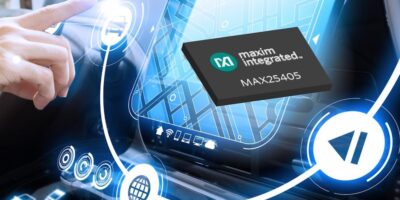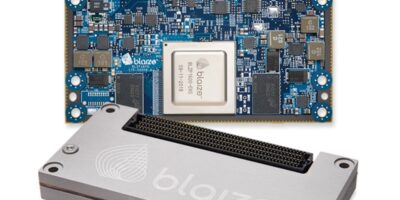Collaboration between Italian start-up, DEED and Infineon Technologies, is showcased at MWC21. The get bracelets interpret human gestures and use biometic data to pick up a call or make payments.
At the core of get is a system consisting of components from Infineon that enable the wearable with connectivity, computing, sensing and security capabilities. Infineon’s Secora Connect supports the payment functionality based on lowest power consumption to achieve longest battery life for the consumer. Infineon’s Xensiv MEMS technology provides high-fidelity voice recording during phone call. The PSoC 6 microcontroller family which uses a high performance dual-core M4/M0 architecture is paired with Infineon’s Airoc Wi-Fi and Bluetooth for secure, low power connectivity.
According to Edoardo Parini, CEO and founder of DEED, the bracelet’s pioneering features include new and higher security standards, an ID acquisition method for contactless payment and there is no screen. “It is the perfect bridge between ‘you‘ and ‘your’ digital-self!” said Parini.
Patented techniques have been used to create a seamless, light and water resistant wearable wristband, made up of several layers, based around a rigid-flex PCB. The intuitive human machine interface (HMI) allows for natural operation because the wearer does not have to swipe on screens or touch any display. Motion sensors with artificial intelligence (AI), for gesture recognition allow it to interpret human gestures, for example, to pick up a call, to check the time or to make payments. Consumers can use it to listen to audio or answer calls by holding their finger to their ear by ‘wrist bone conduction’, sending the sound through the body to the inner ear. Contactless payments can be released after individual electrocardiogram-based biometric identification. The bracelet also allows fitness and health monitoring.







